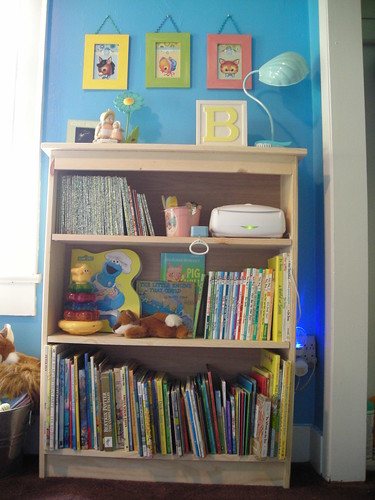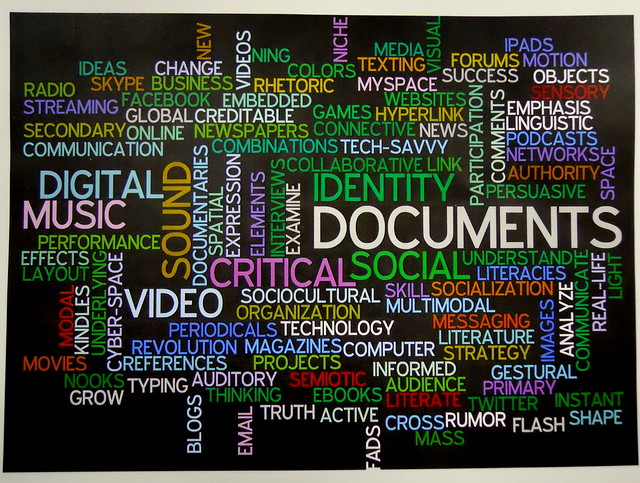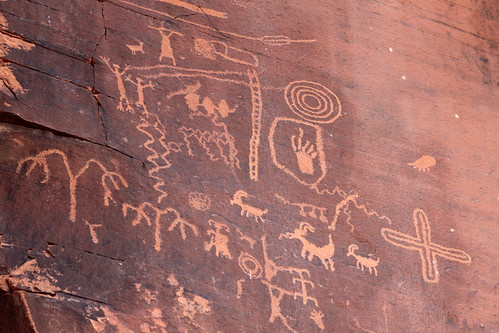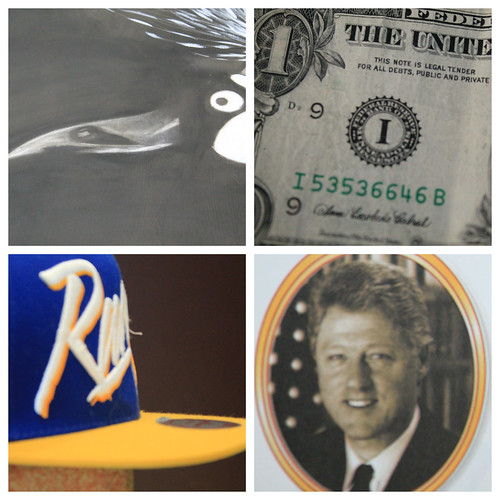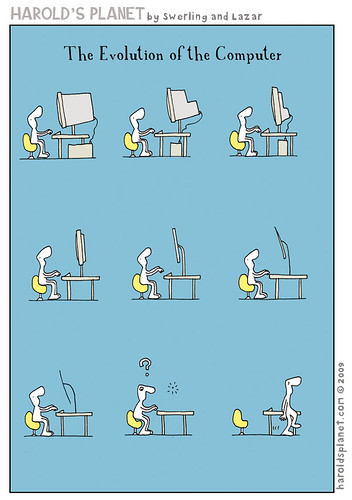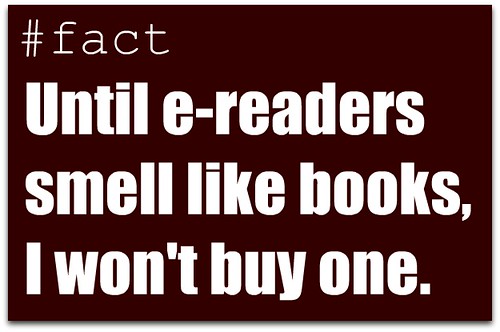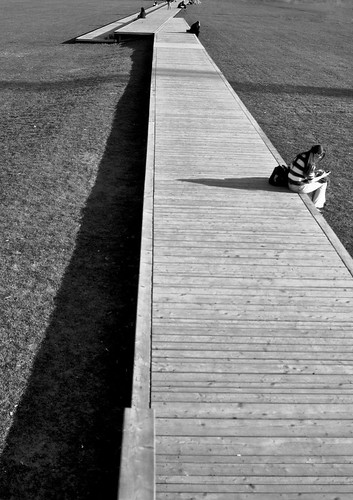I chose this image because it represents to me the before and after of text and technology. Text in the original sense of the word, is communication. Text, to me, does not always mean words. I suppose this comes from my background in the performing arts or the fact that I have a son who is non verbal and communicates through sign language and symbols. Our background knowledge defines our perspective on the world and, in this case, how we define text. Augmented reality that is created through the use of technology, brings texture to text by bringing it to life in an entirely new way. A 2 dimensional picture/painting can become 3 dimensional using an AR tool. Greater depth in meaning can be accessed and enhanced. Knowledge building can occur through the combination of text on a page and an AR tool that will add breath to make a whole new creation. Text has always provided a means of communication and a way to bring imagination to life. With the addition of technology, text is brought to life in many different and exciting ways.
As for me, this is my eighth MET course and I am seeing the light at the end of the tunnel. It has been an exciting journey as I have navigated taking the necessary courses, being a single mom to two amazing boys and carrying on a full time teaching career. This is my sixth year teaching grade 4/5 in Calgary, Alberta, Canada. This year I am excited to be embarking on a new adventure, creating a Learning Commons in our school library! I know I have crossed paths with others in this course and am happy to be doing so again. I look forward to this course and meeting new peers along the way. Best of luck to all!


